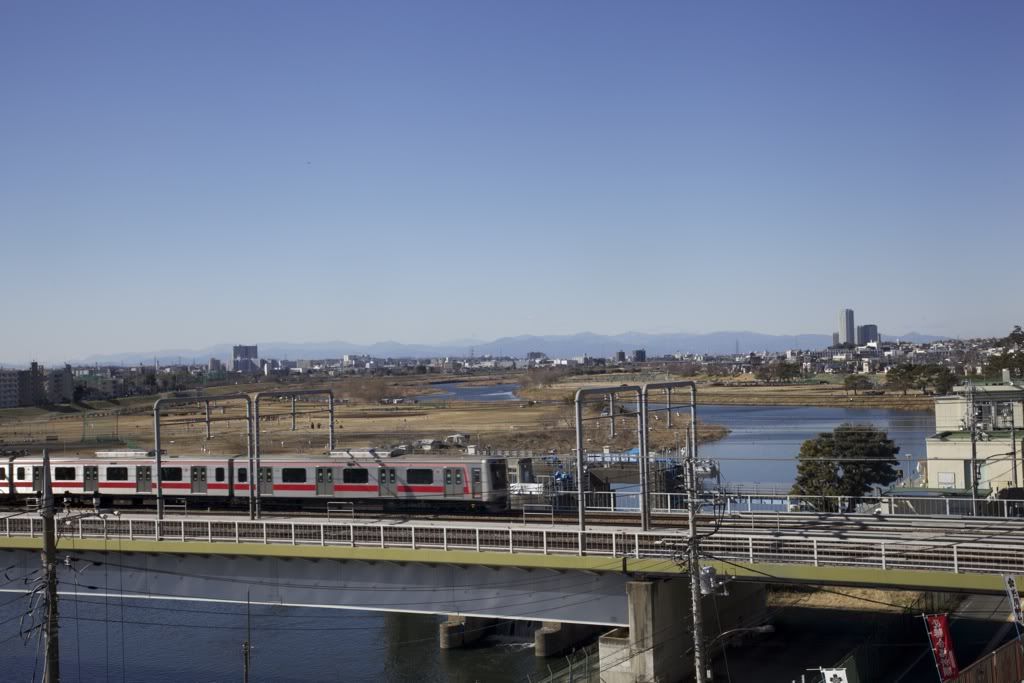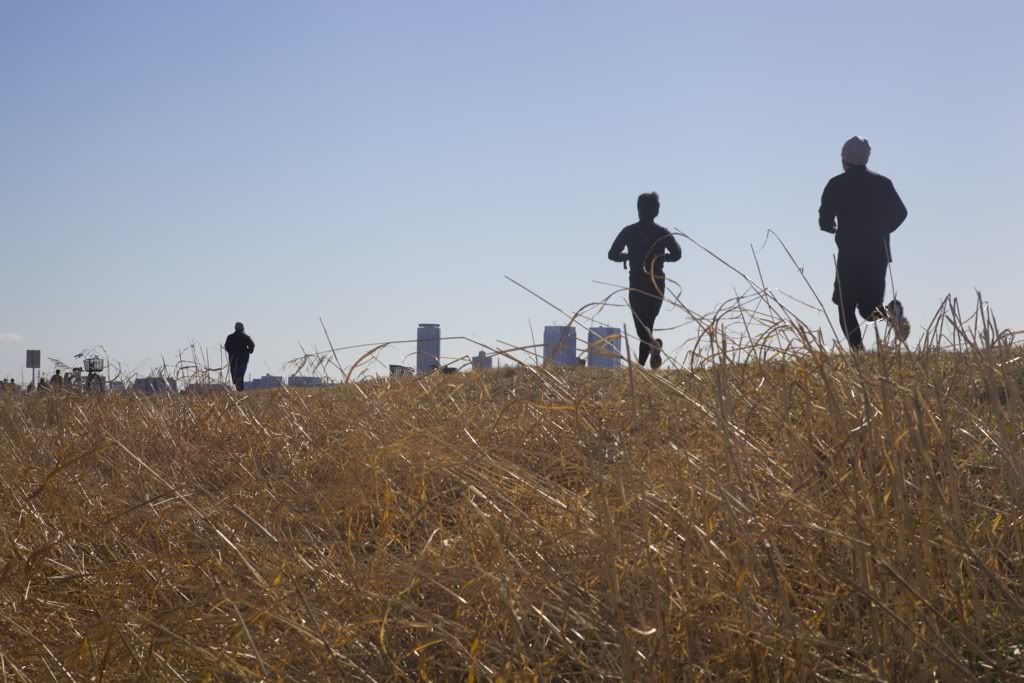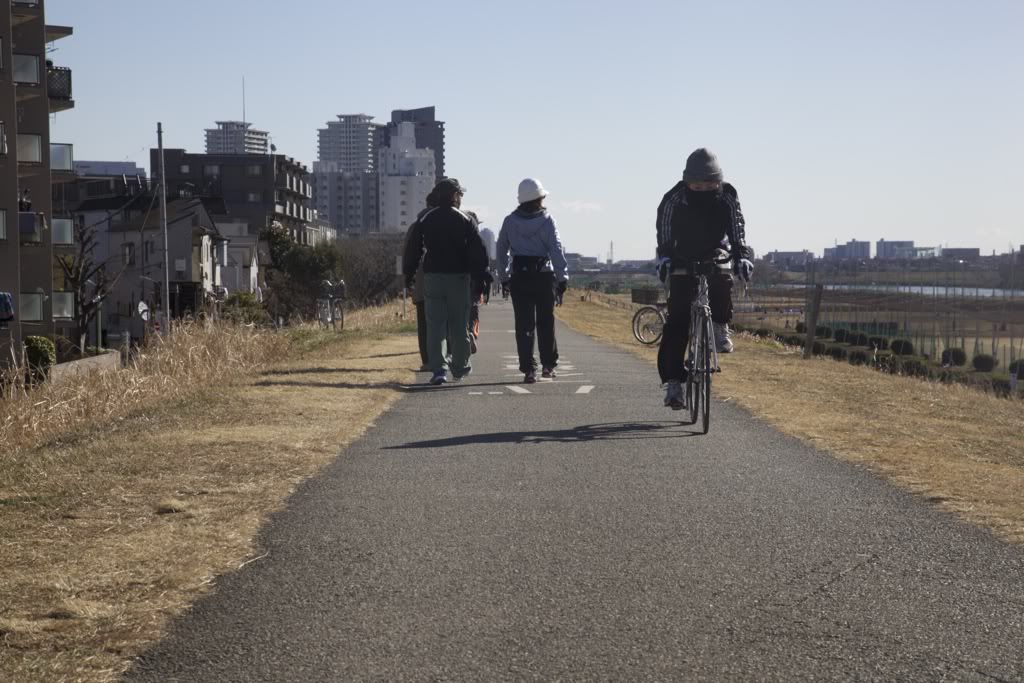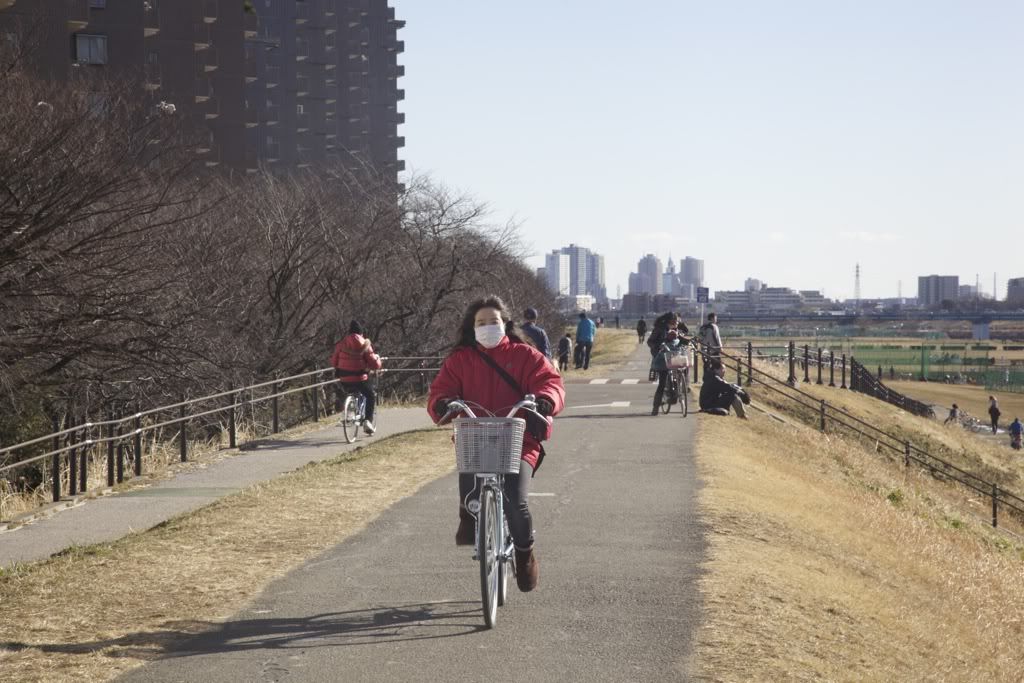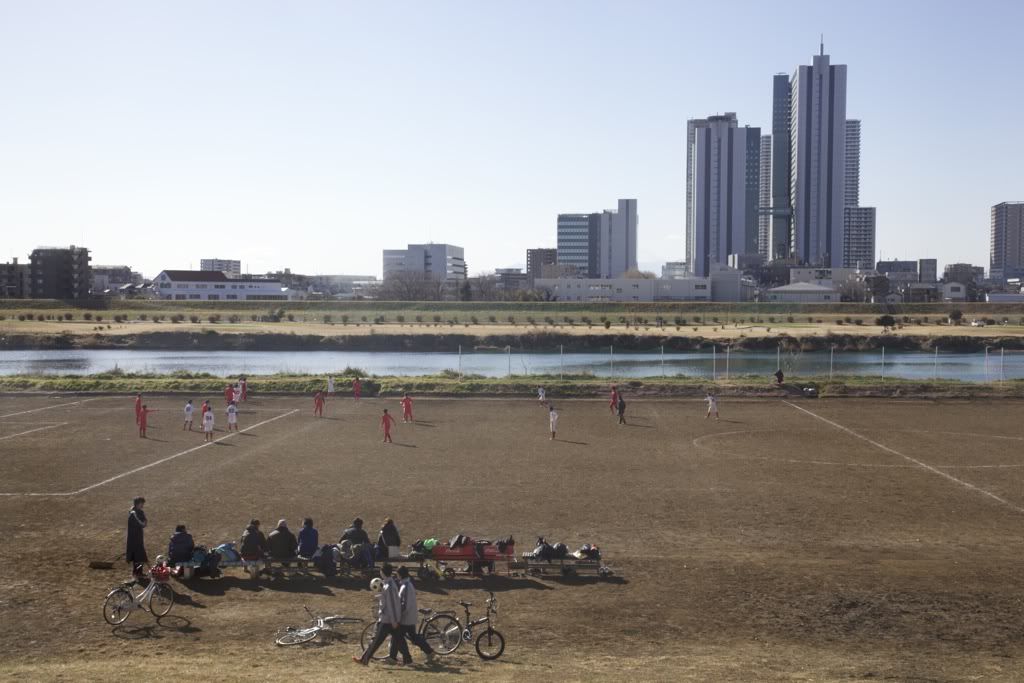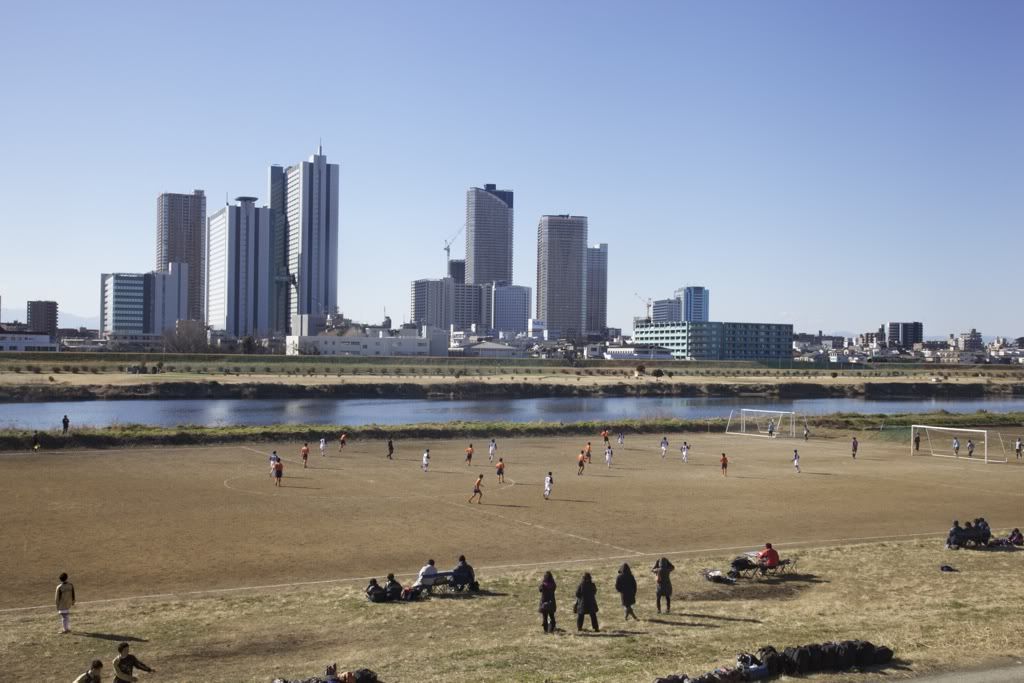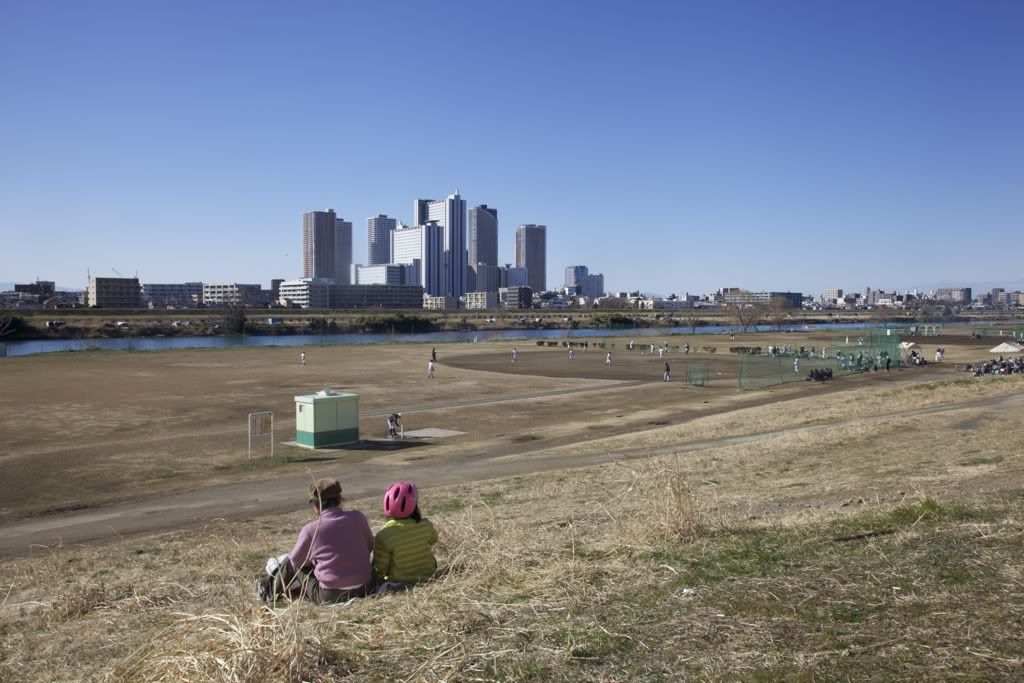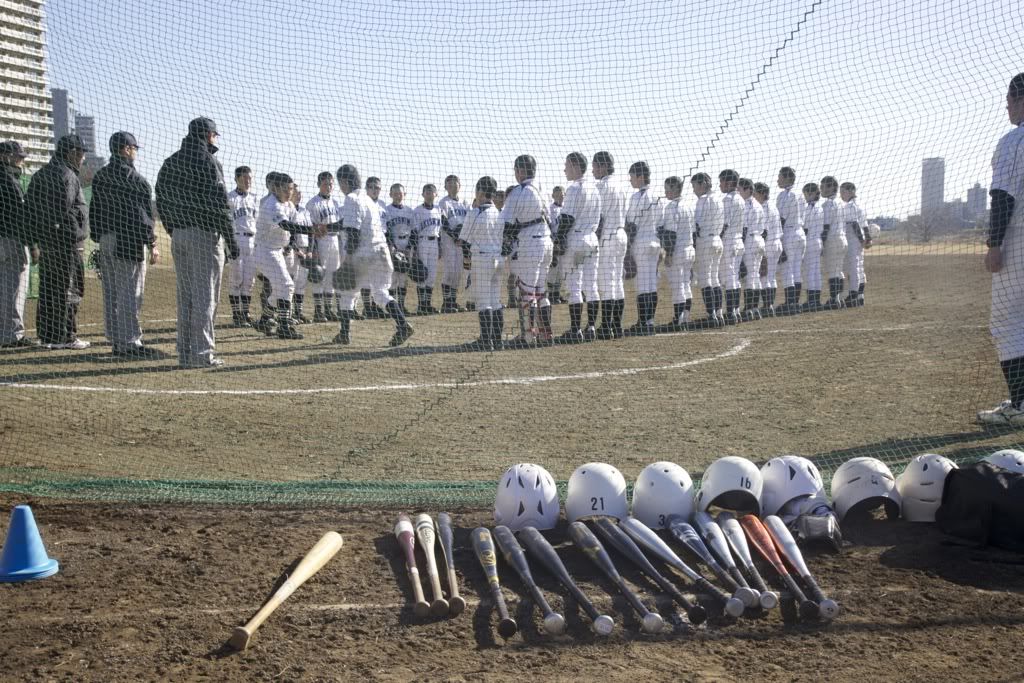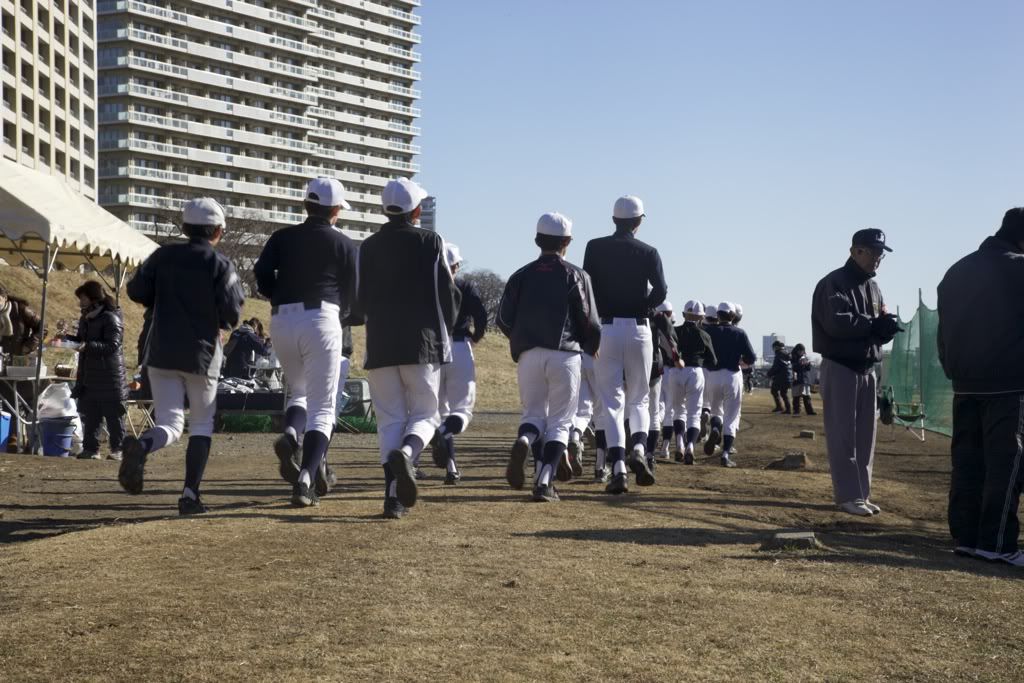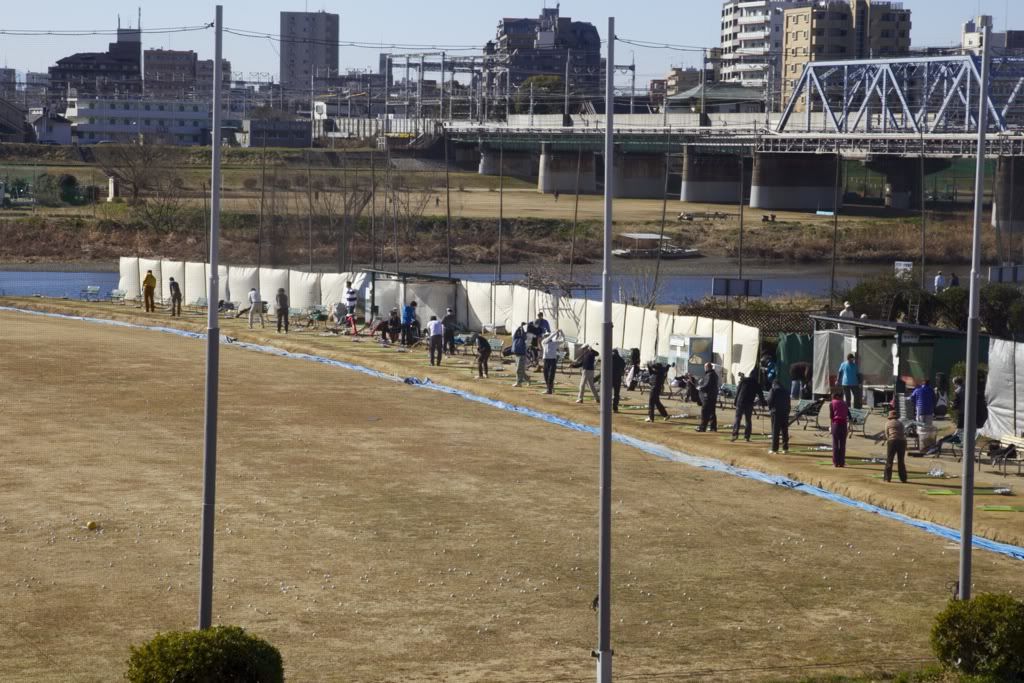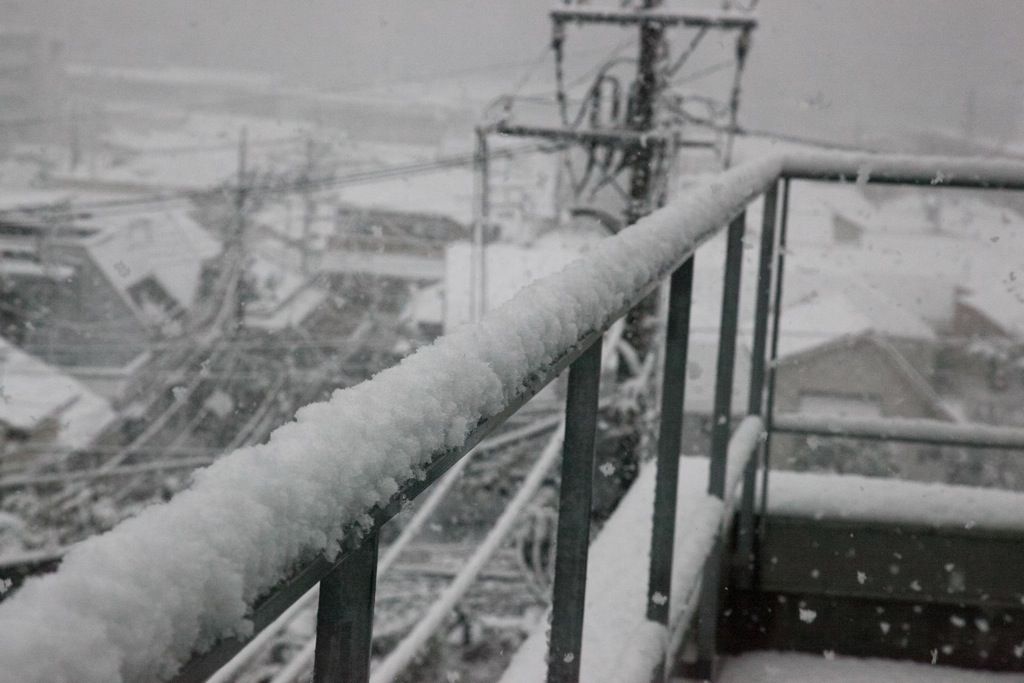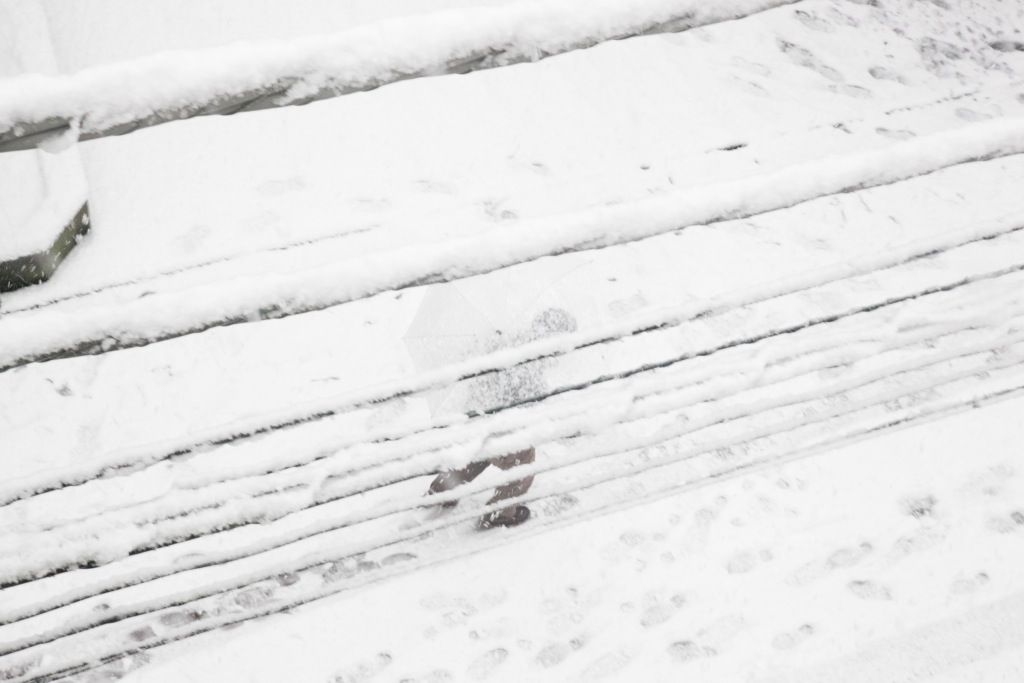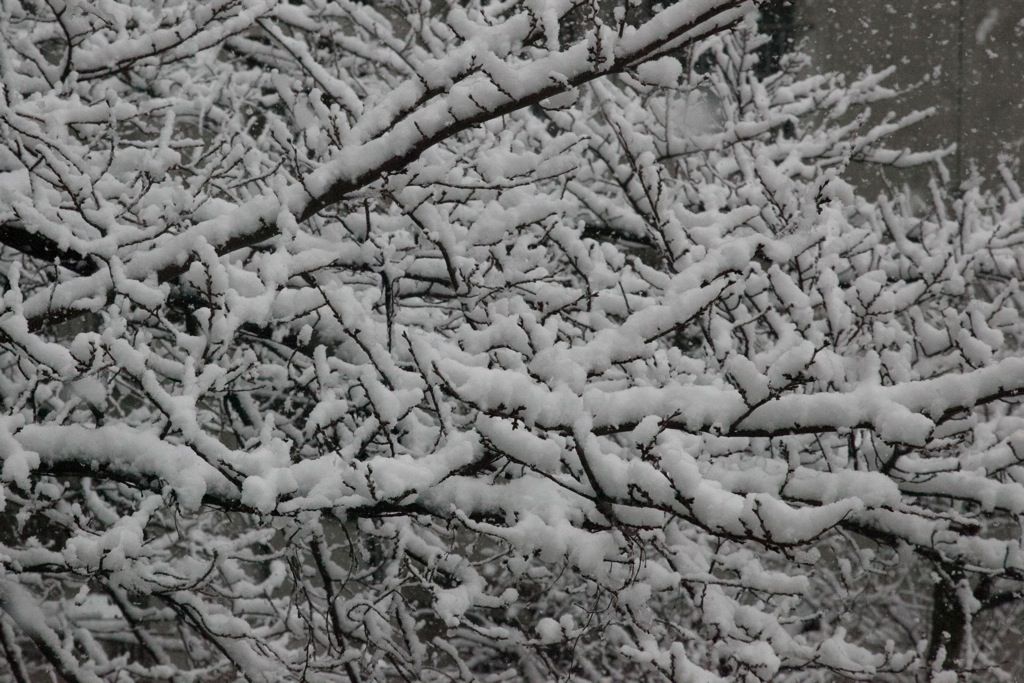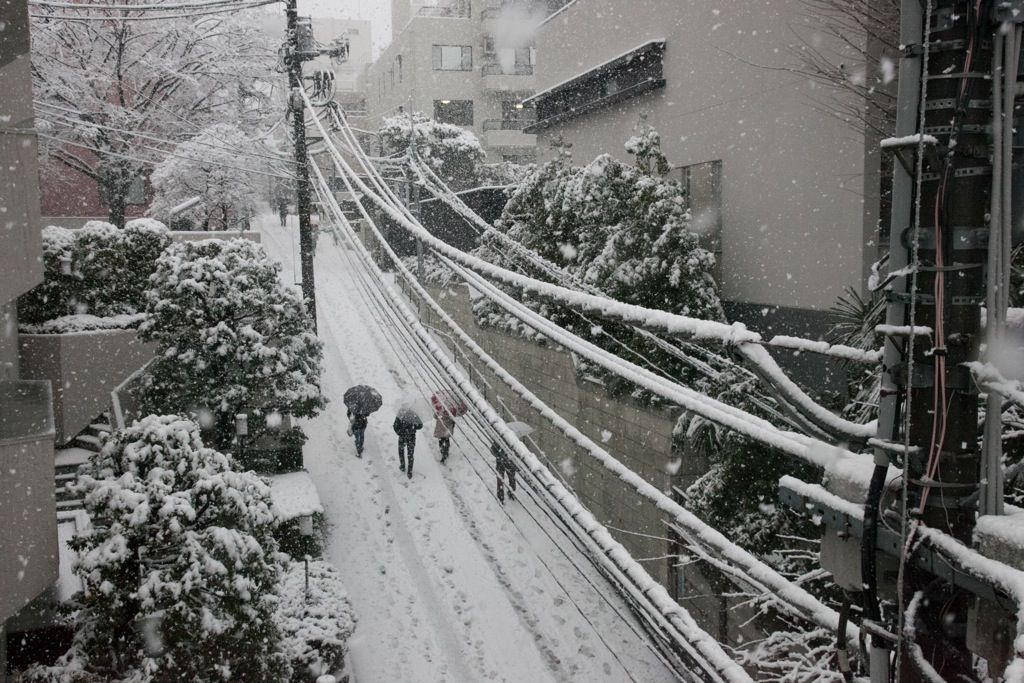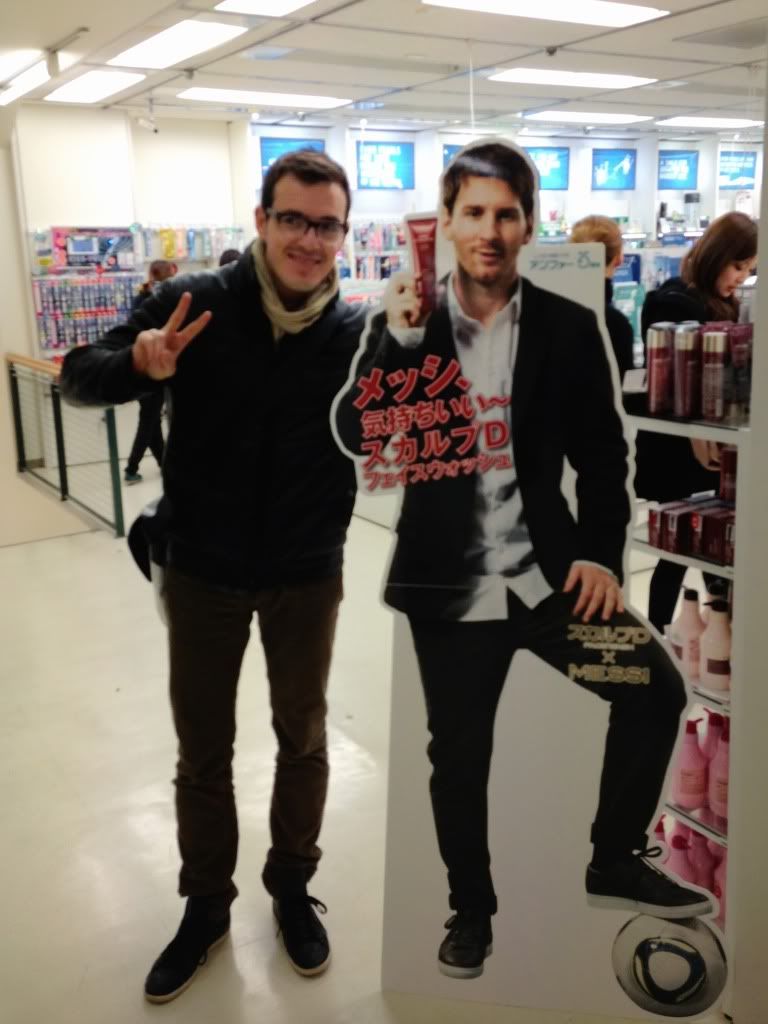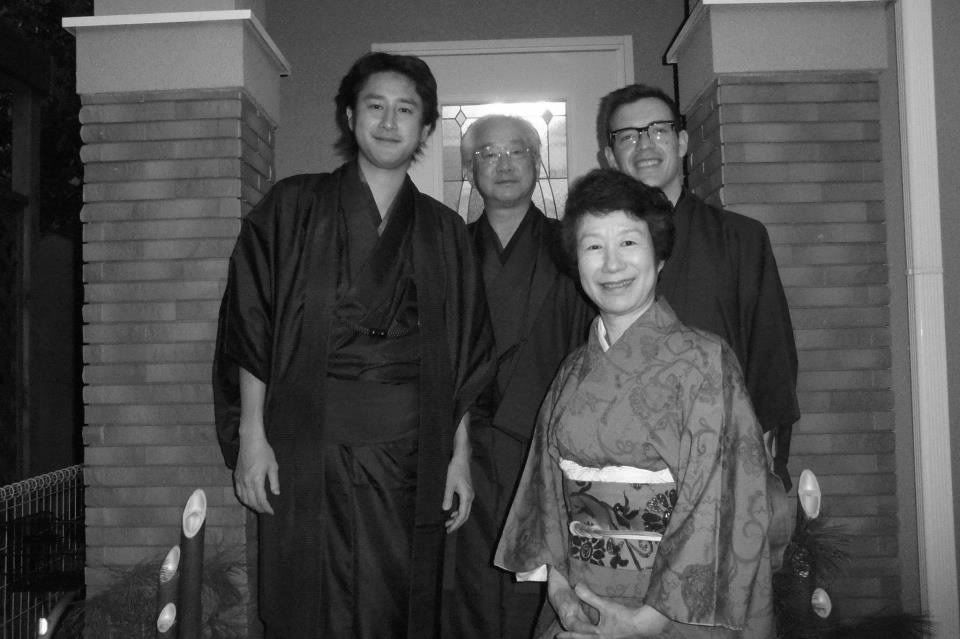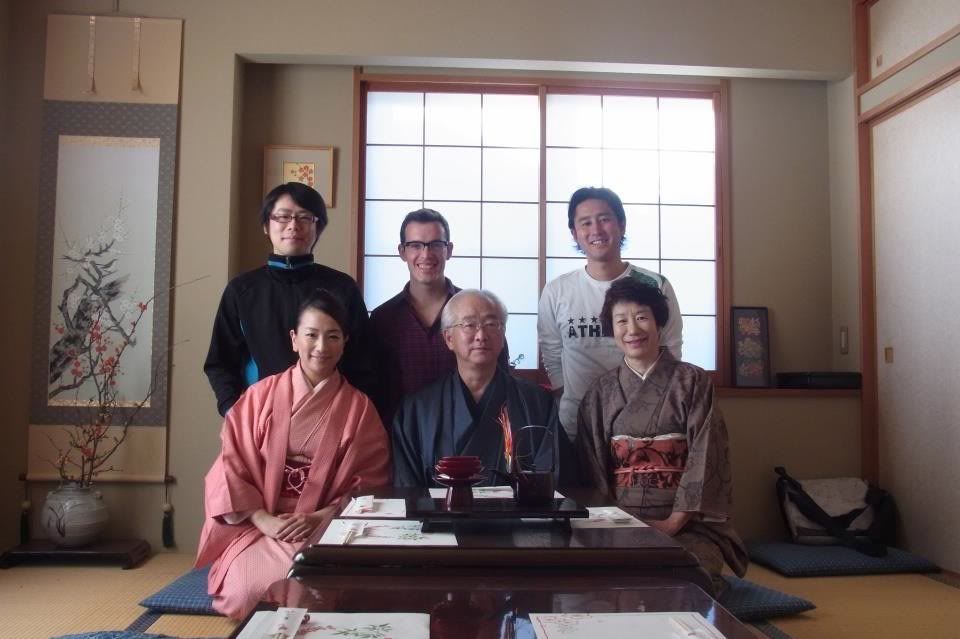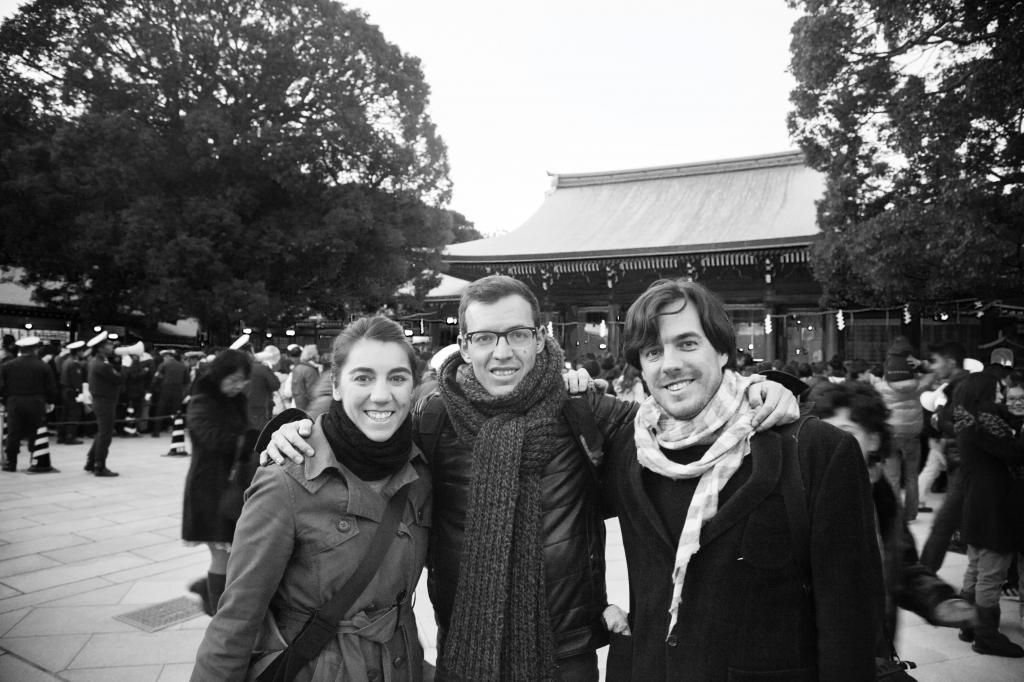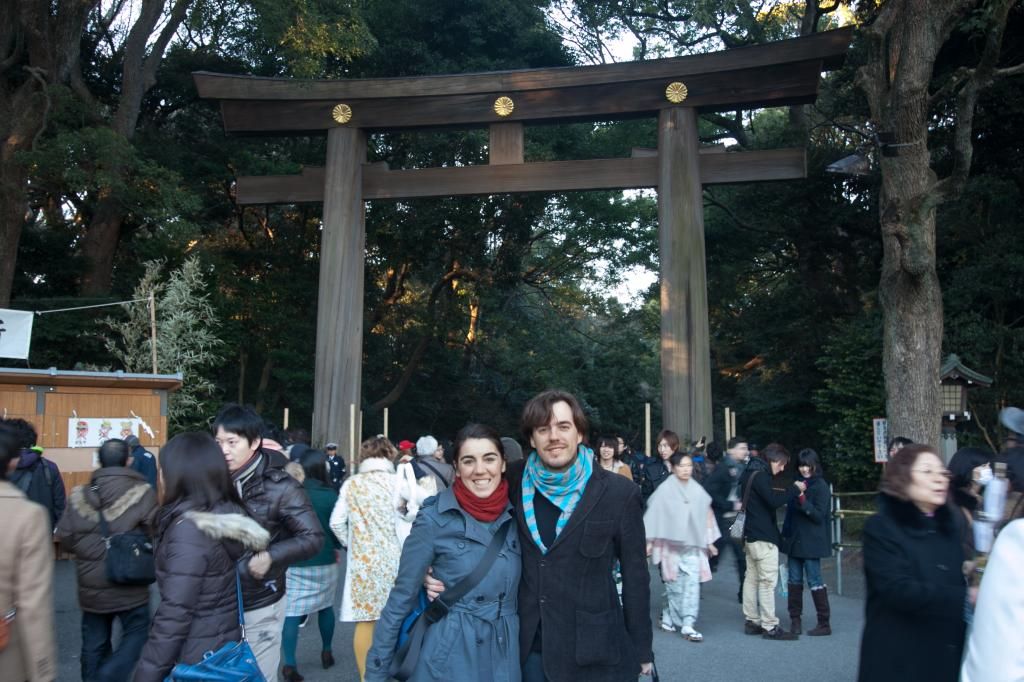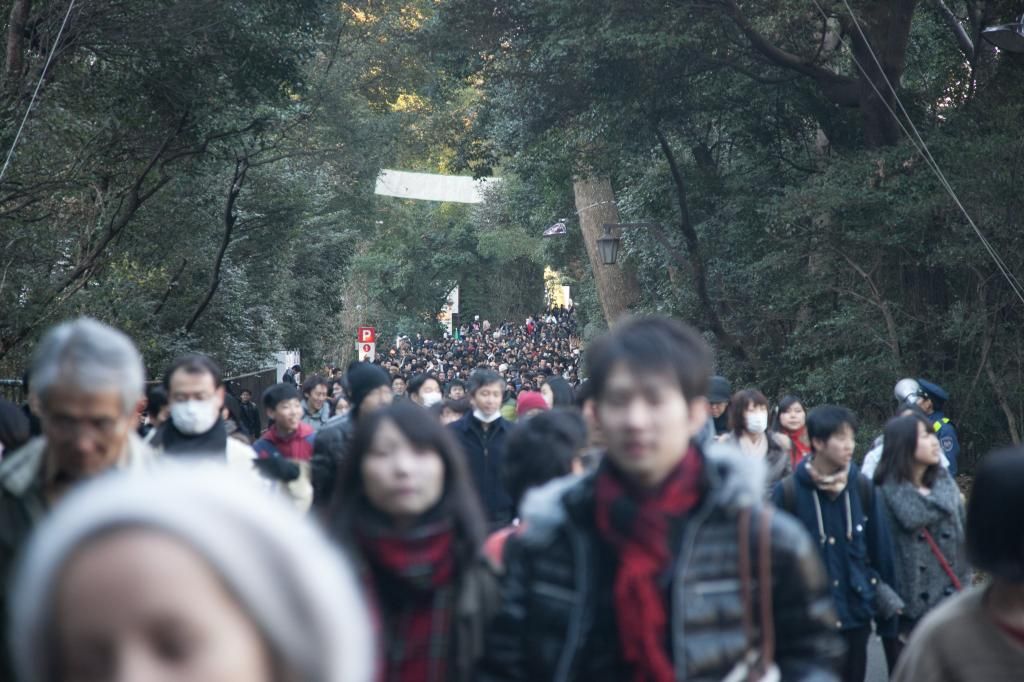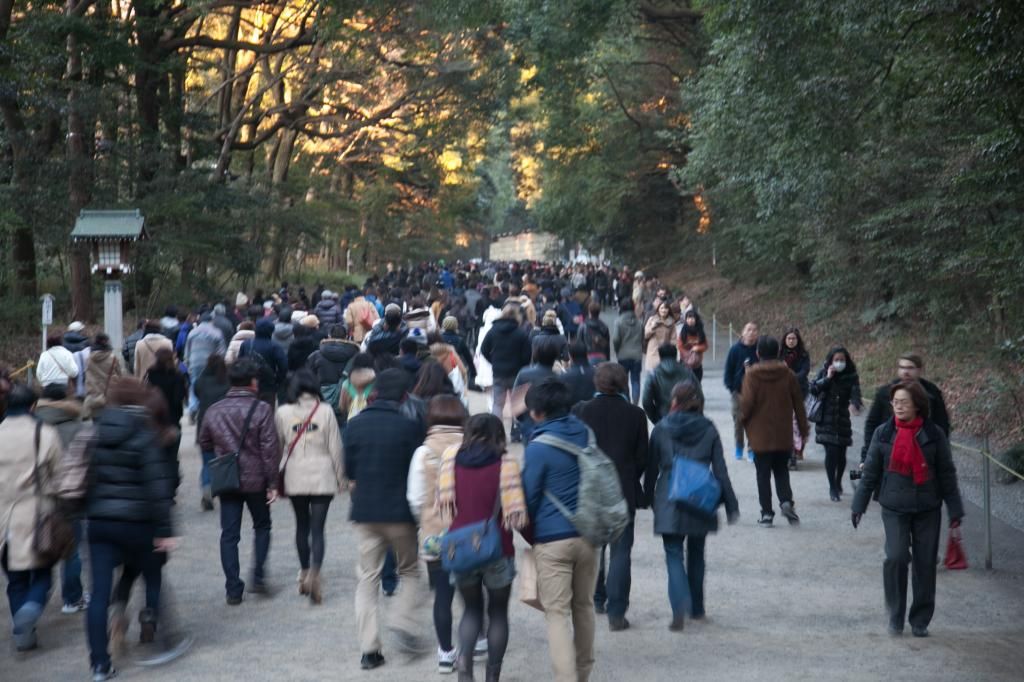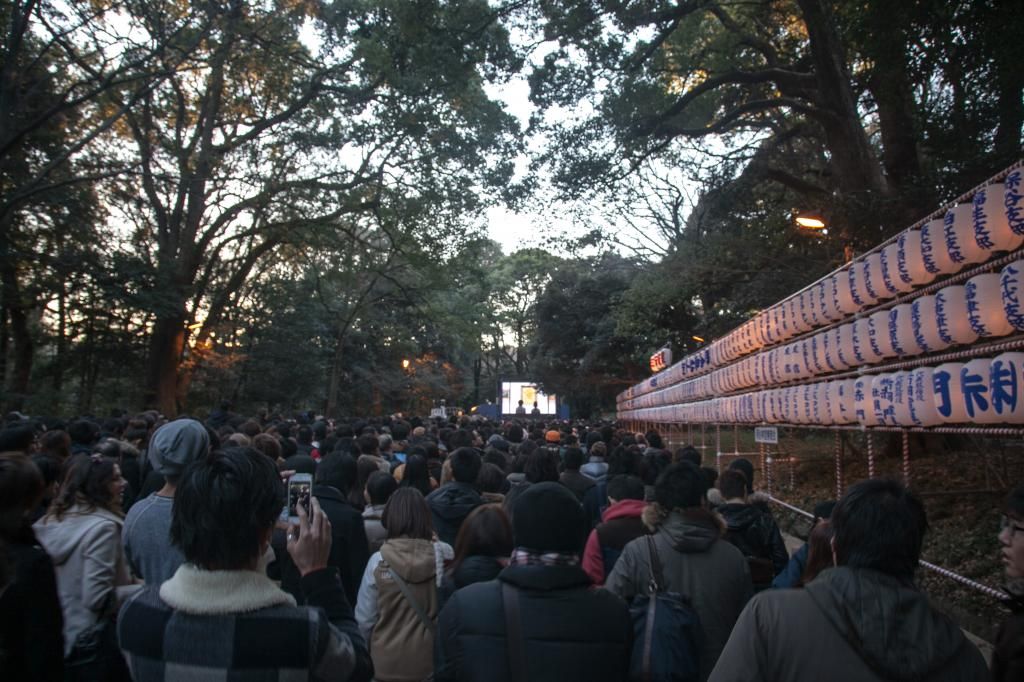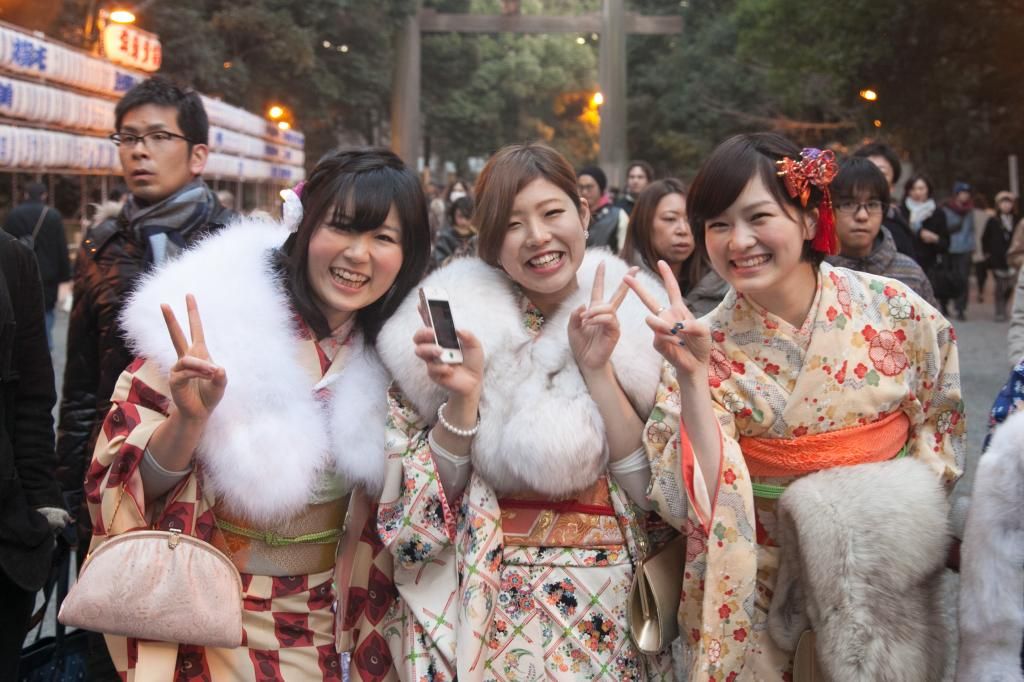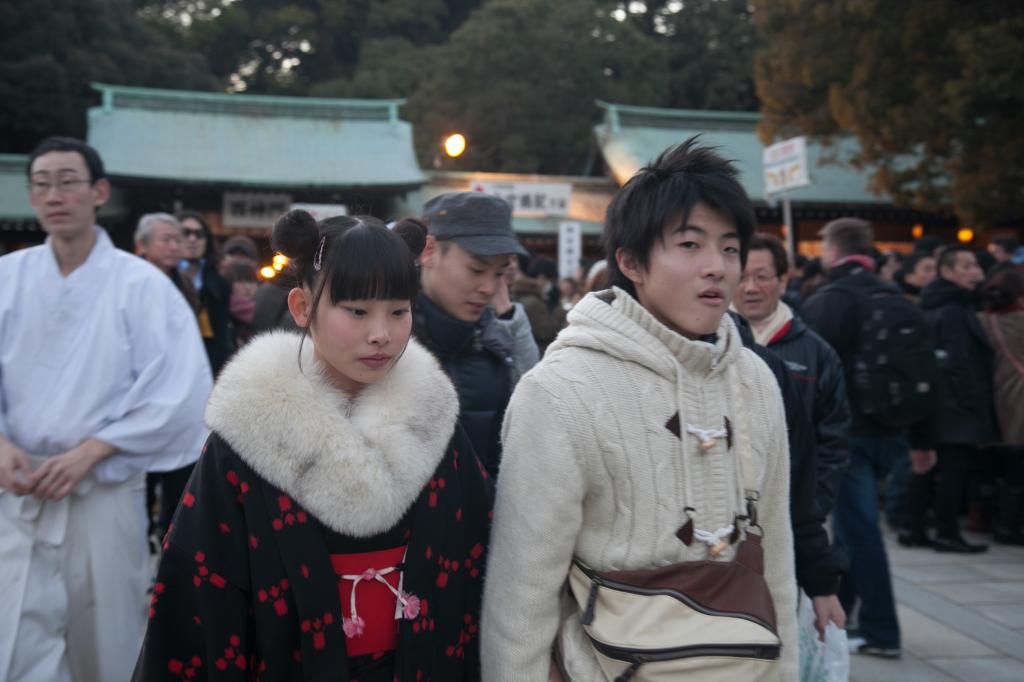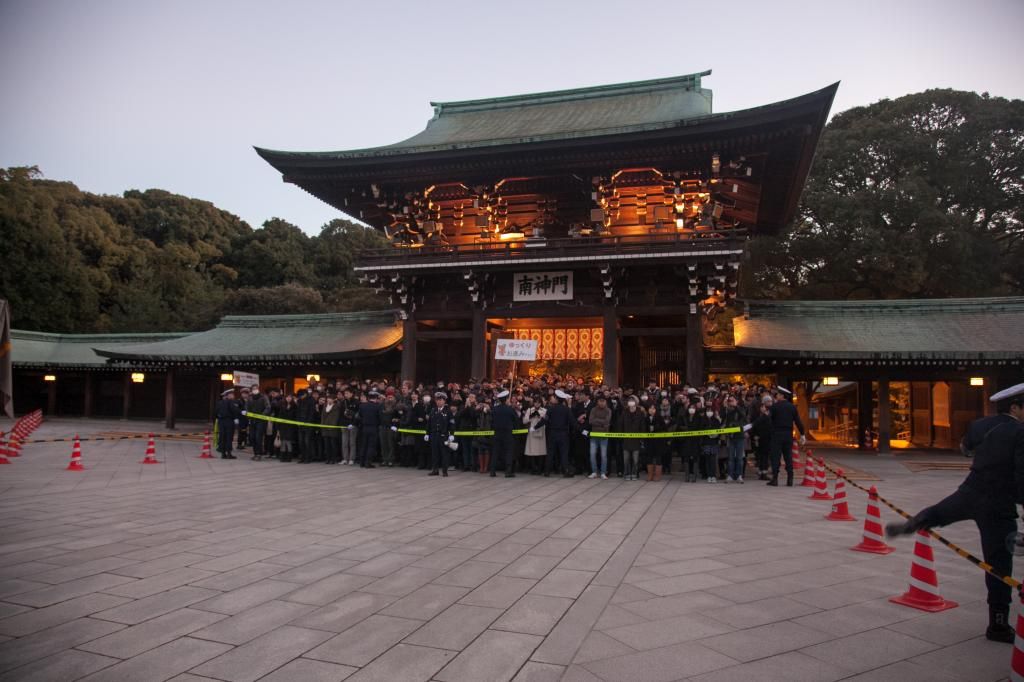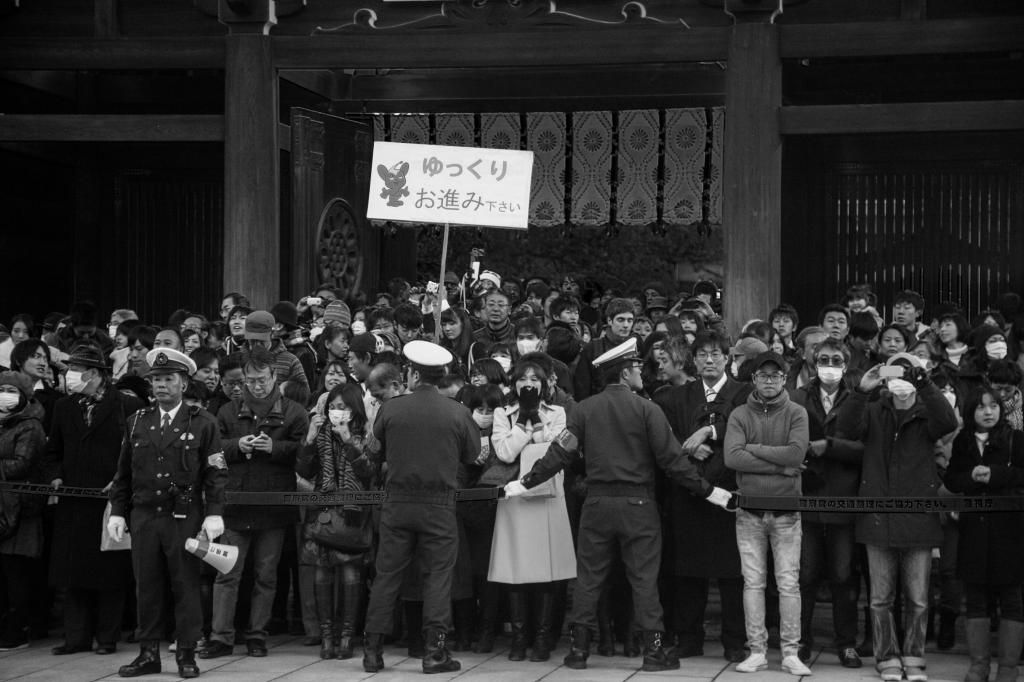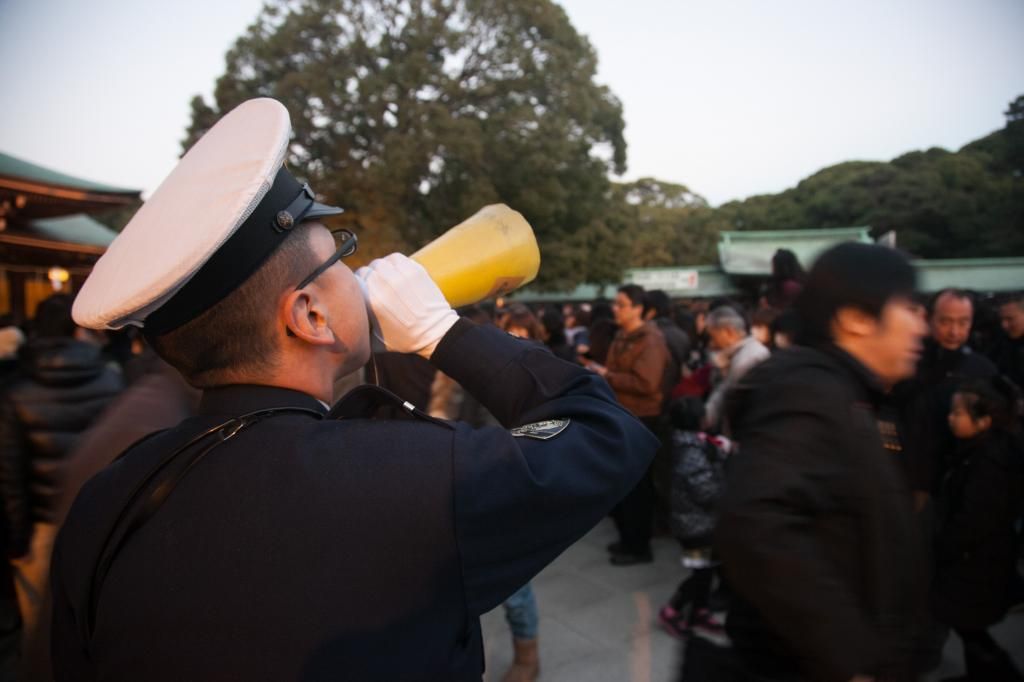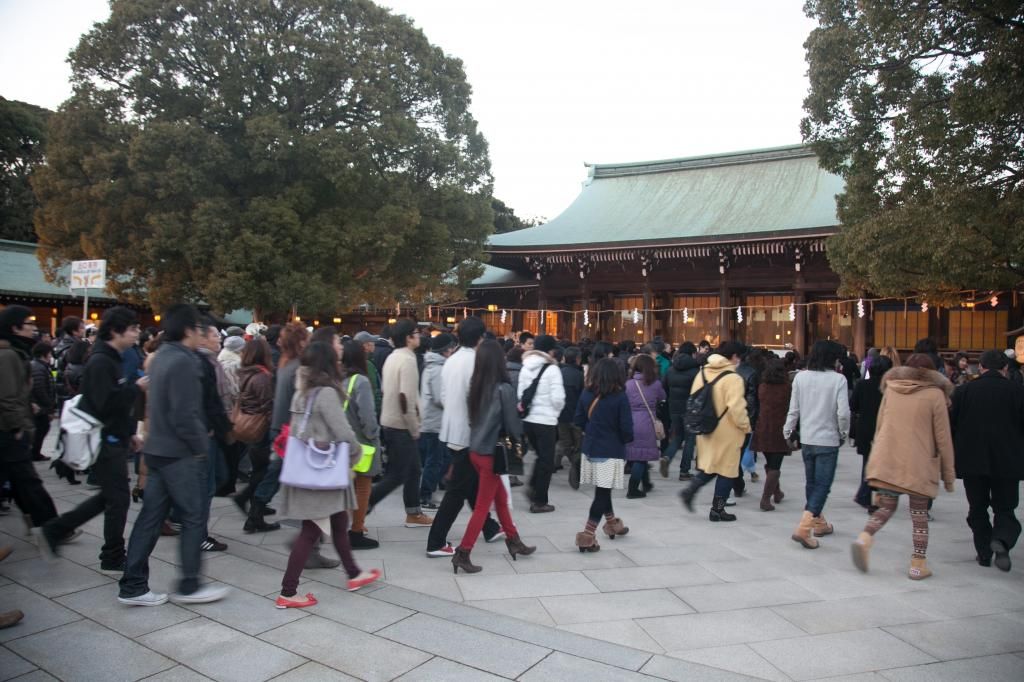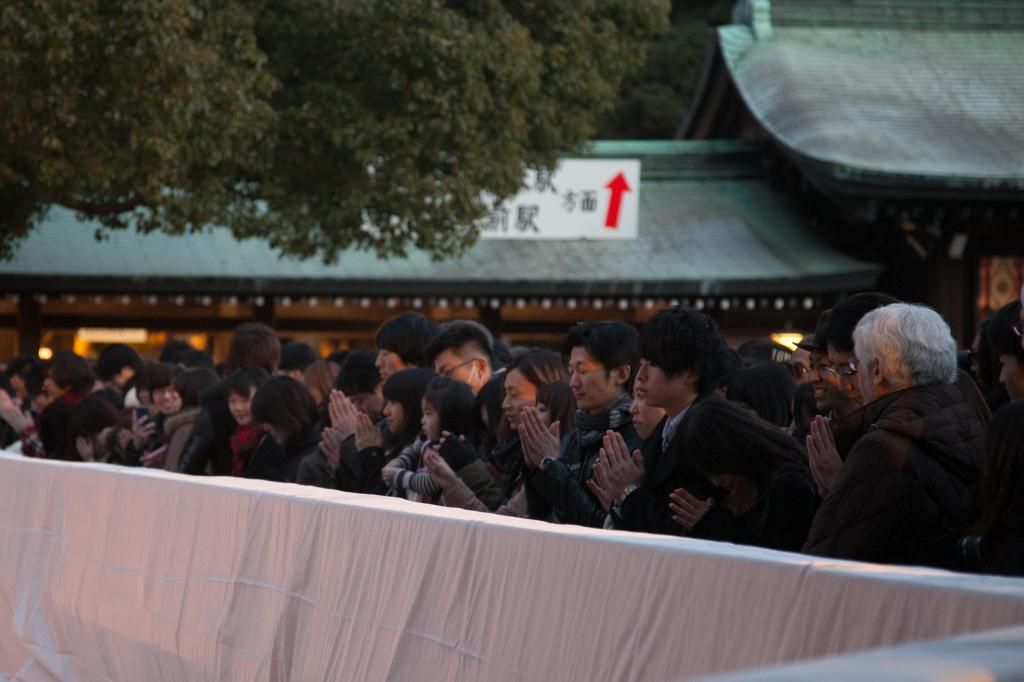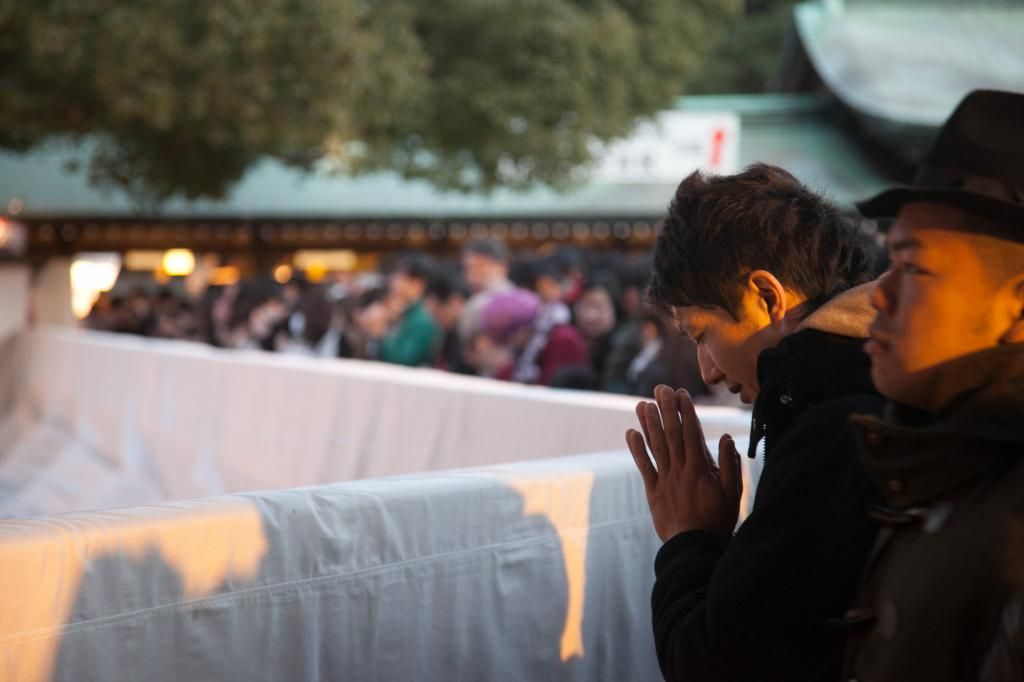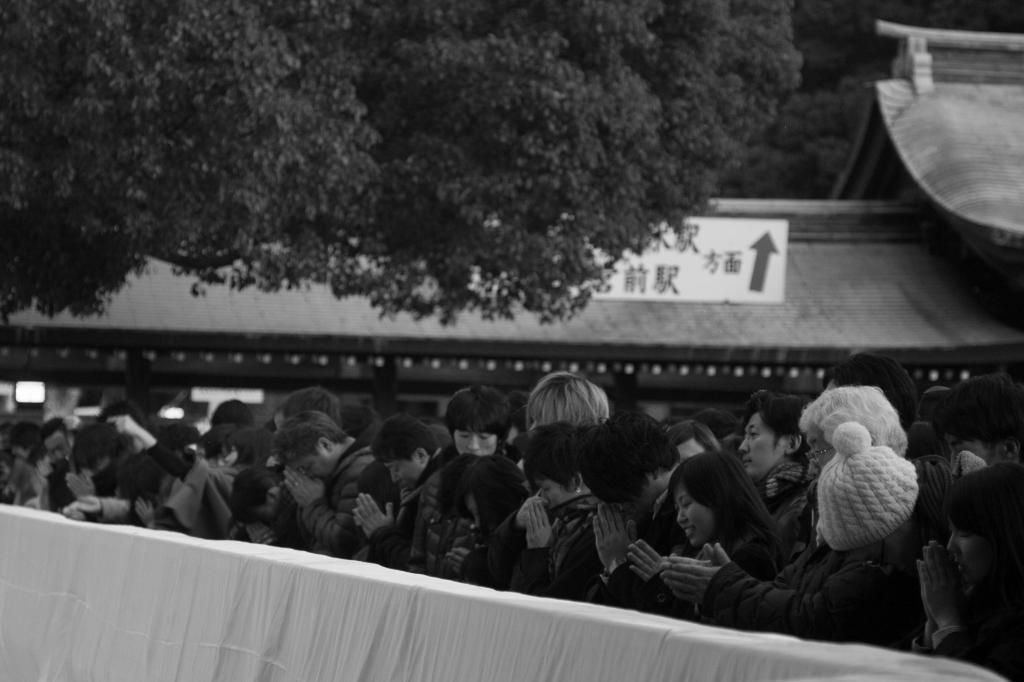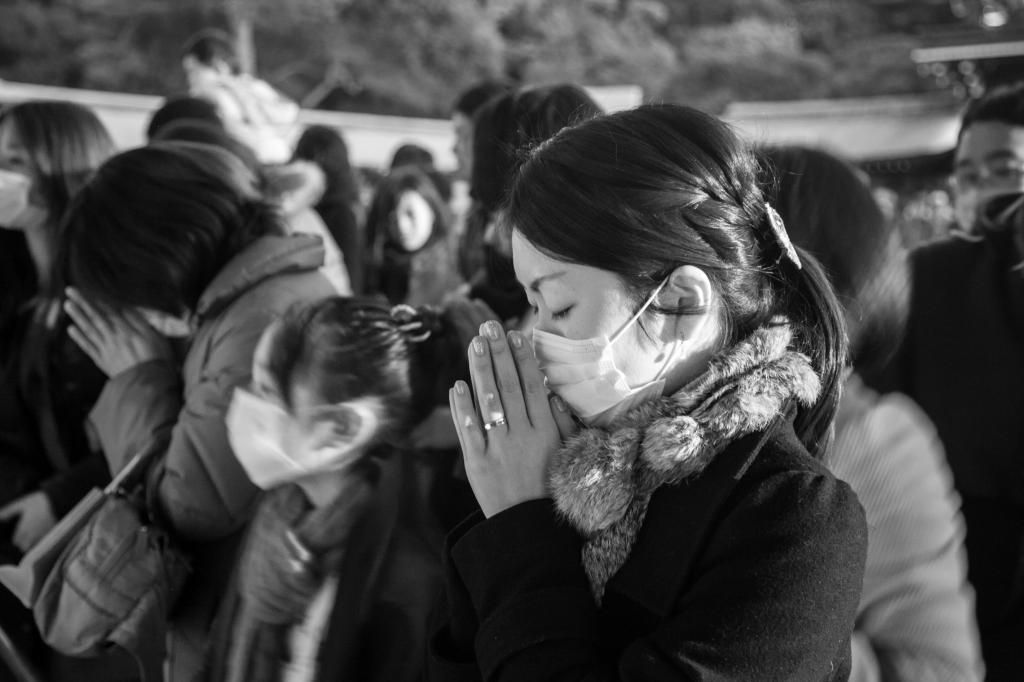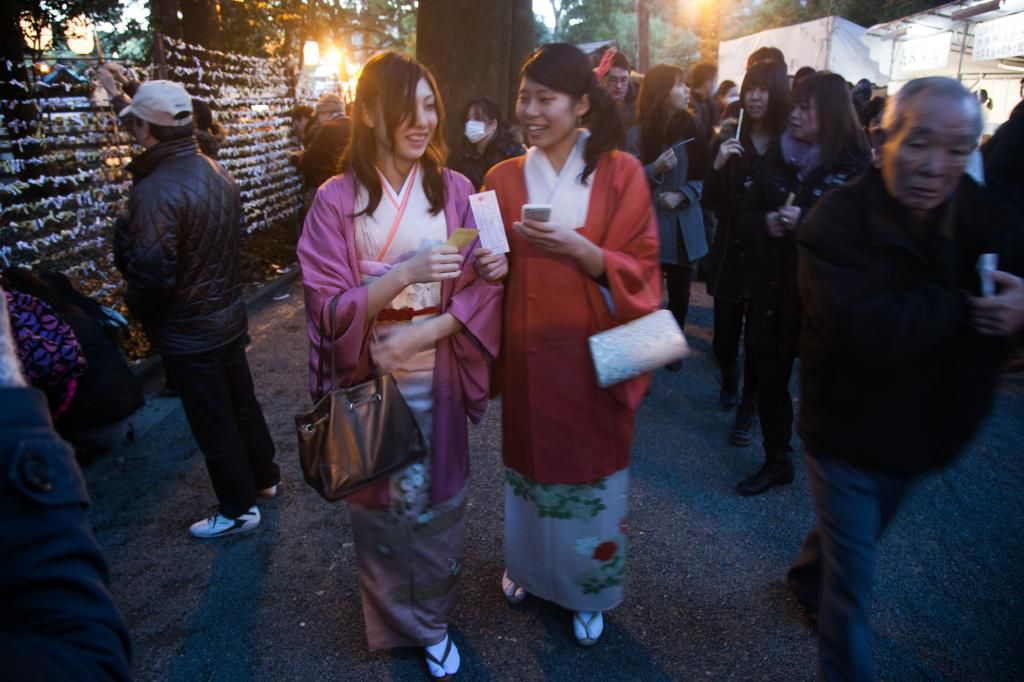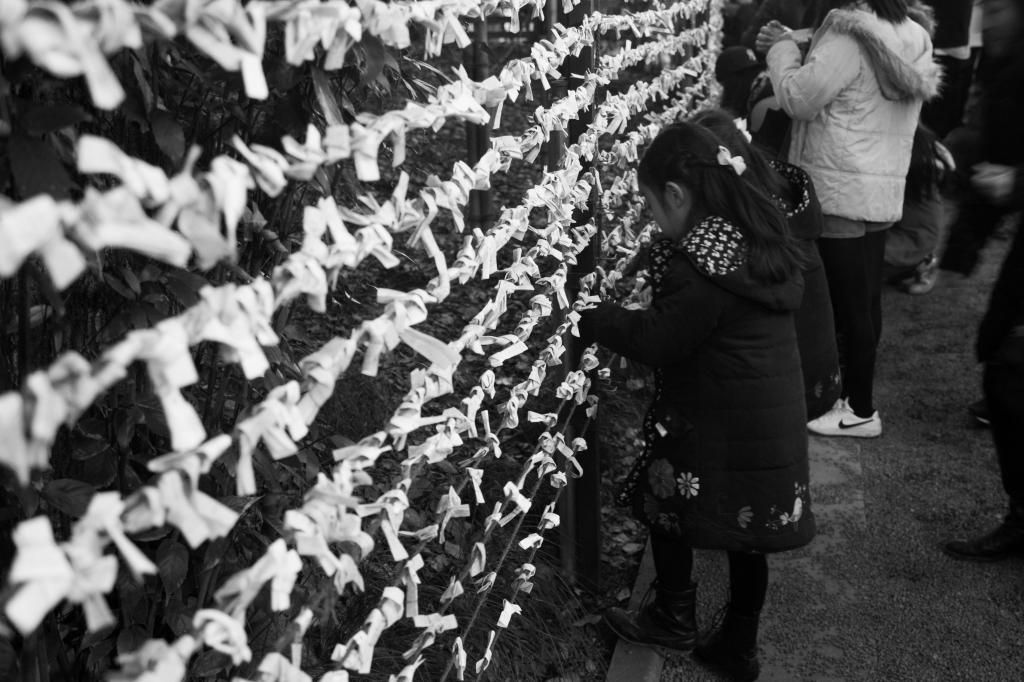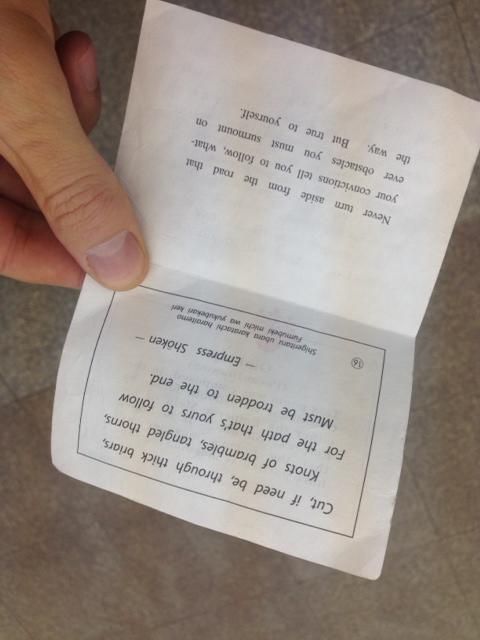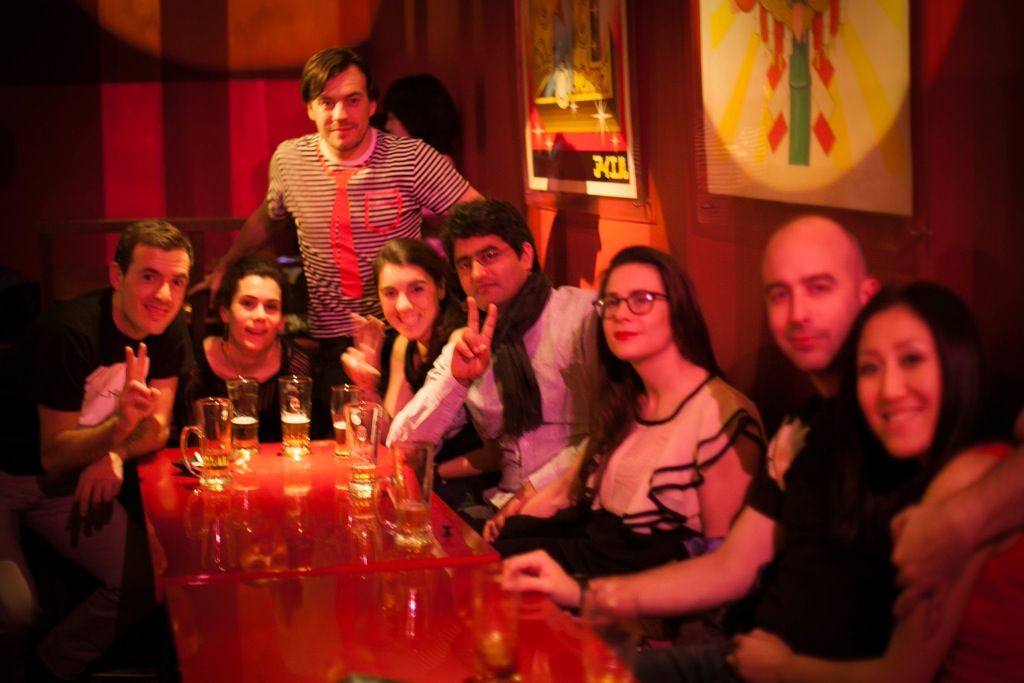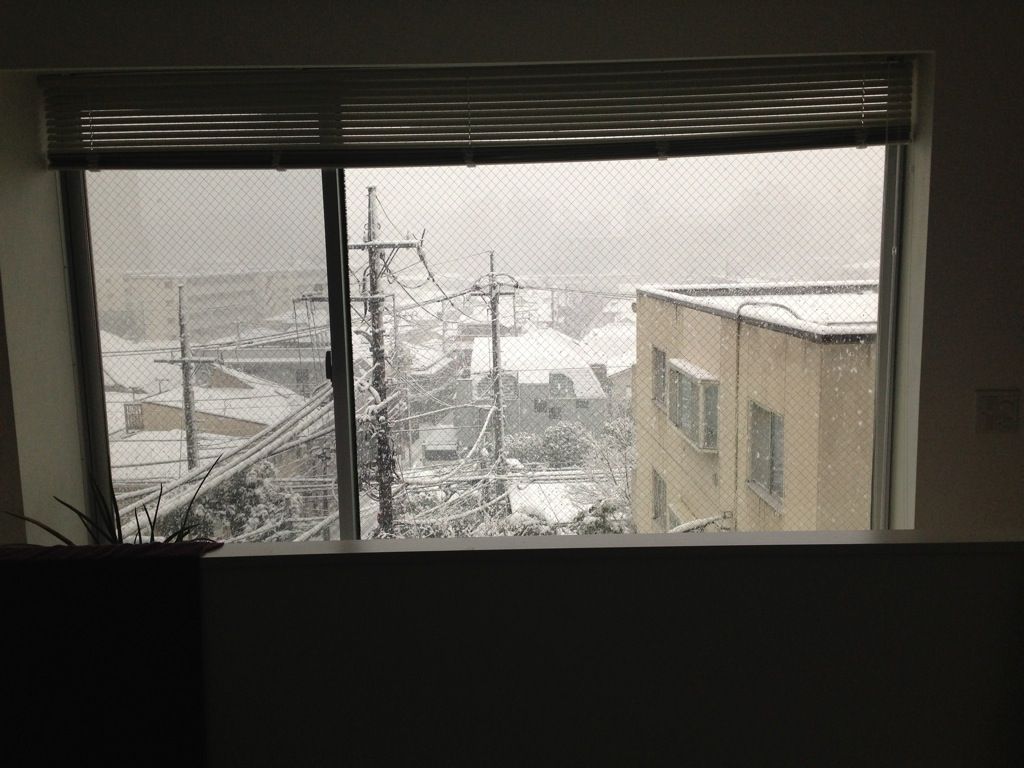 |
| Sorpresa al llevar-me al matí! - Surprise when I woke up! |
Déu ni do la que va caure la setmana passada! Dilluns passat, que era festa nacional, ens vem llevar amb una imatge de Tokyo d'allò més peculiar, va comenaçar a nevar de nit i al matí ja hi havia la ciutat sota una capa blanca de neu! No va ser una nevada qualsevol, després d'estar nevant tot el dia va deixar un gruix ben maco, diuen que va ser la nevada més important dels últims 10 anys!! La mostra està en que una setmana més tard encara es veu neu amontagada per la ciutat. Sembla que ara sí ha arribat l'hivern deixant una imatge que em recorda la meva estimada Suïssa, tot i que aquí sembla ser que no estan preparats i els dies que han passat han deixat imatges peculiars, per exemple curiós de veure el dia després molta gent intentant treure la neu amb aigua (!!)...sembla que no coneixen la sal o els hi agraden els esports de risc, de fet bastant divertida la imatge d'homes i dones guarnits amb els seus vestits perfectes, però passant-les canutes per moure's amb les sabates de taló o els mocasins...ja ho diuen que per lluir s'ha de patir :). Ara la imatge que més m'ha xocat ha estat veure gent que recollen les restes de neu que els queda davant la casa o botiga i la posen en boses de deixalles!! Sembla que no es poden esperar que es fongui...aquest pais no deixa de sorprendre'm.
What a snow storm we had last week! Last Monday, bank holiday in Japan, we woke up with a very peculiar view of Tokyo, it began to snow at night and in the morning there was already a thick layer of white snow covering the city! hey and it wasn't any snow but the heaviest of the last 10 years (!!), the best example is the snow remaining around after more than a week. So, indeed we suddenly entered the winter season with images of the Tokyo that made me remind my lovely Switzerland...of course with the difference that it seems here they are not that well prepared for it, as an example the day after were plenty of people was trying to "remove" snow with water...either they don't know about salt or they like extreme activities, actually it was quite funny to see all these businessmen and women with their perfect outfit trying to walk on the icy snow with heels or thin shoes...no way to go to work with boots or any other combination that could not fit perfectly with the style! Now, the most striking thing for me is to see people removing the last (few) piles of snow from their houses or shops and putting it in garbage bags!! ...it's like they cannot wait it melts or that they see it as litter...I think I don't get it.
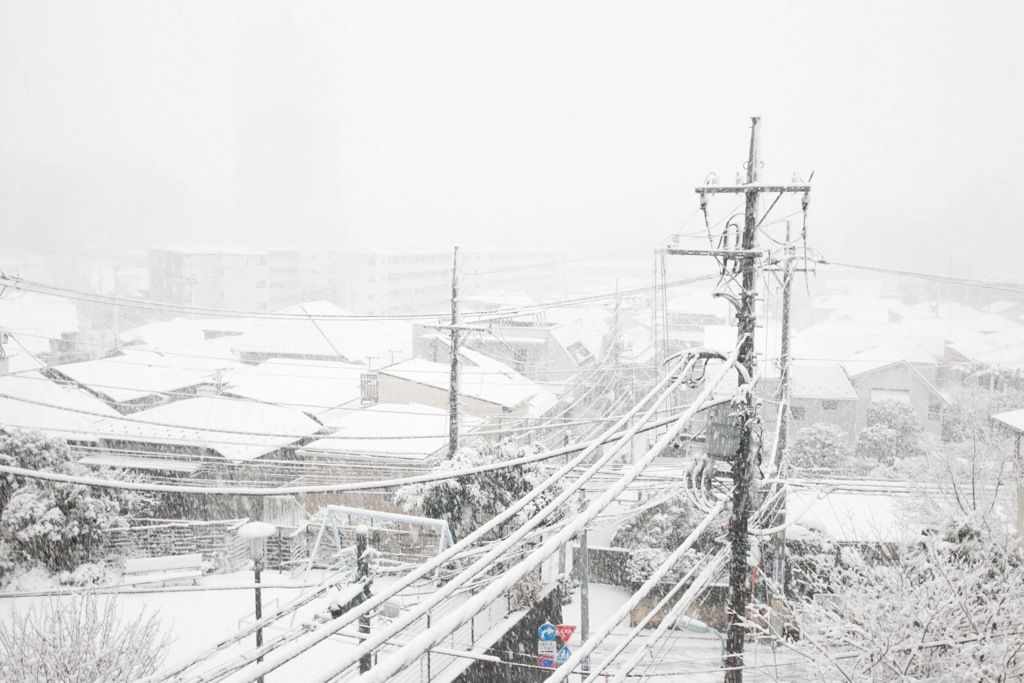 |
| Meguro sota la neu / Meguro under the snow!!! |
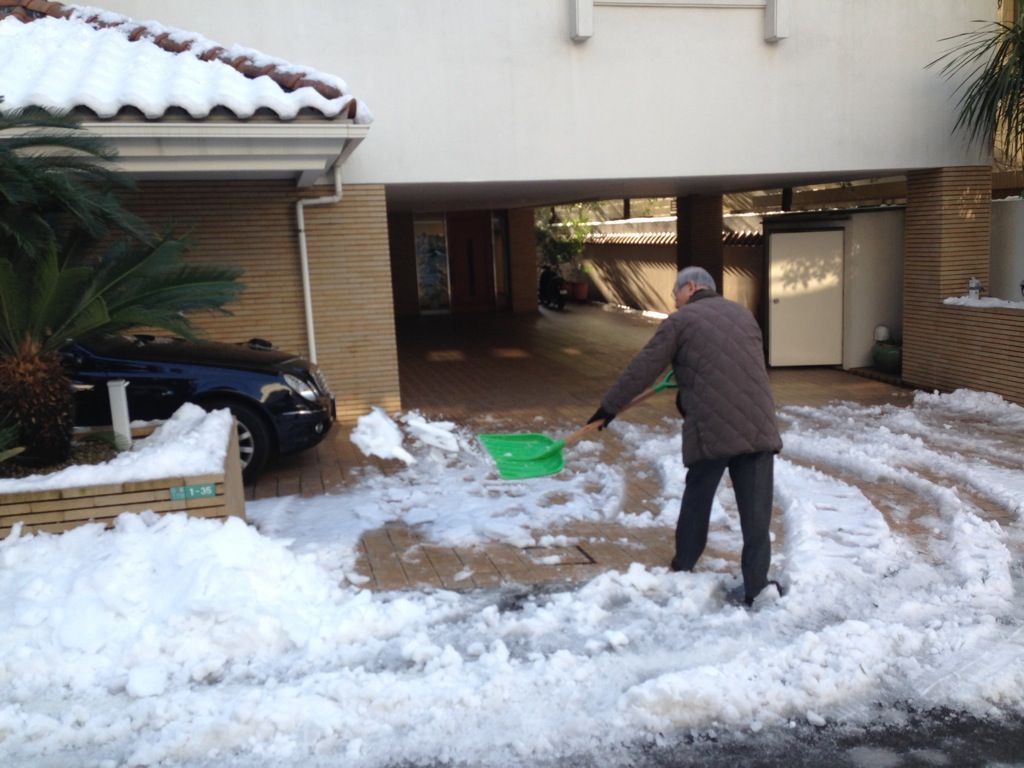 |
El meu veí amb el "traje" netejant el garatge abans d'anar a treballar / My neighbour in costume cleaning the garage
|
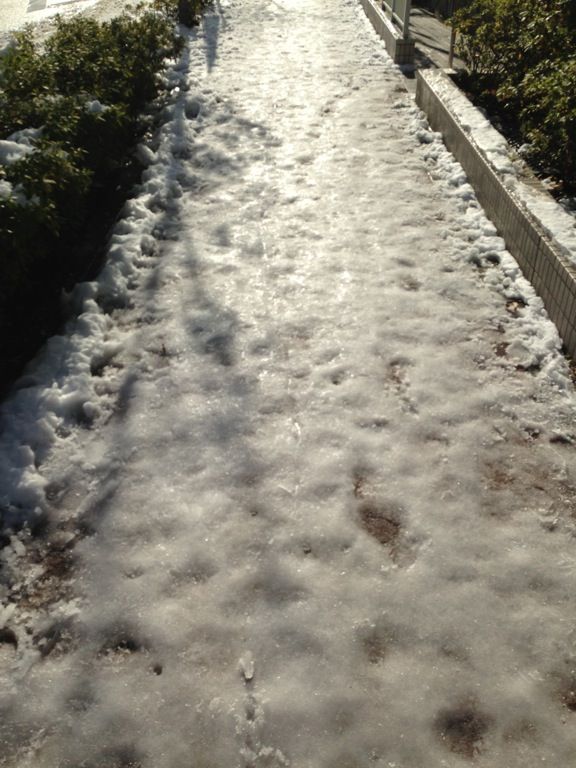 |
| Imagineu-vos les dones amb talons de 30cm caminant per aquí / Imagine the women with their 30cm heels walking there |
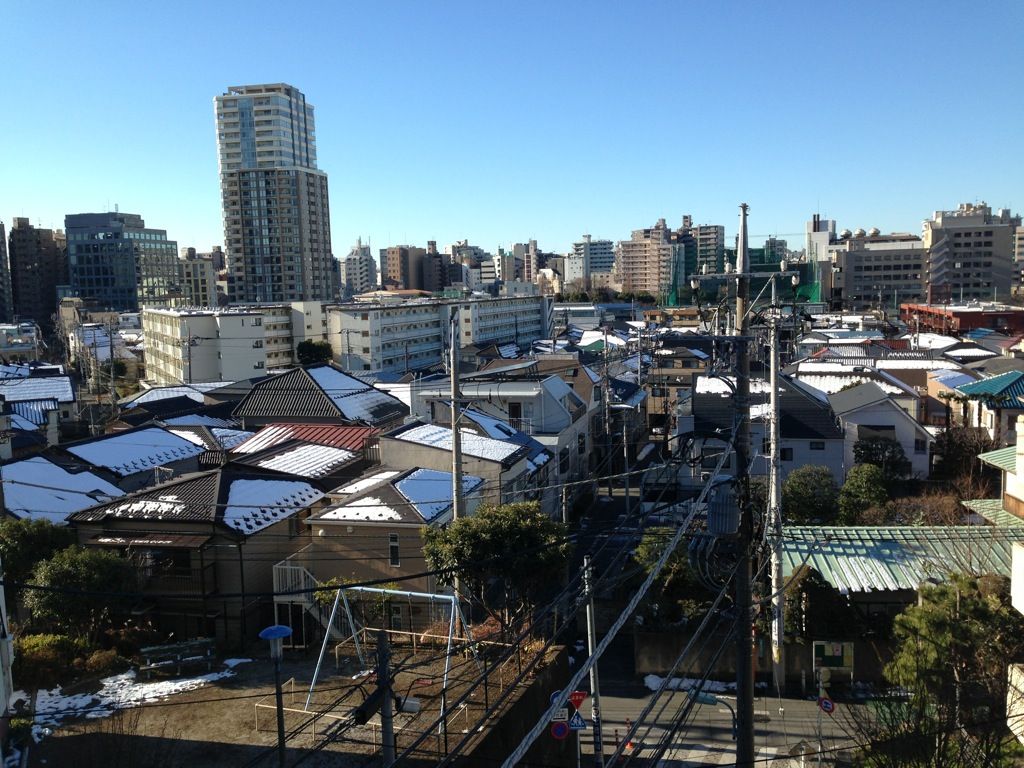 |
| Una setmana més tard / A week later...still snow! |

